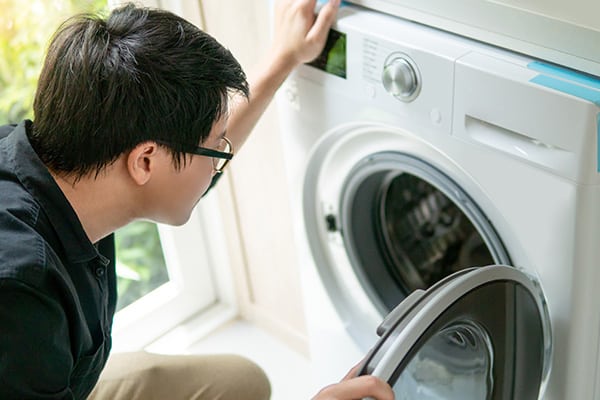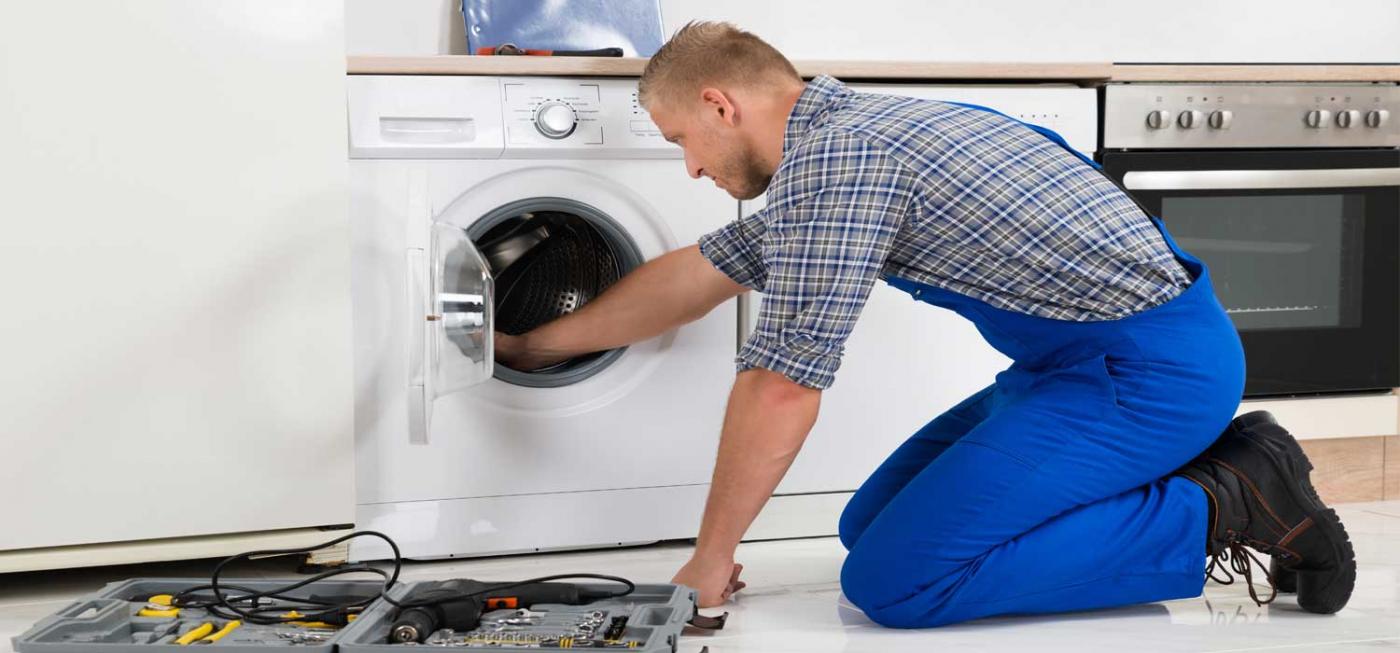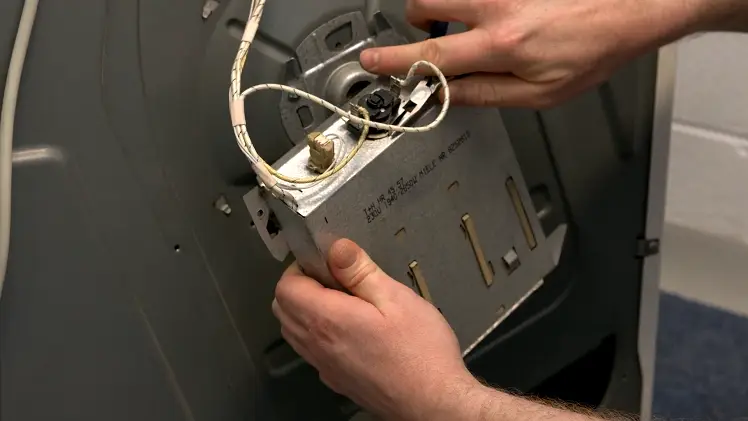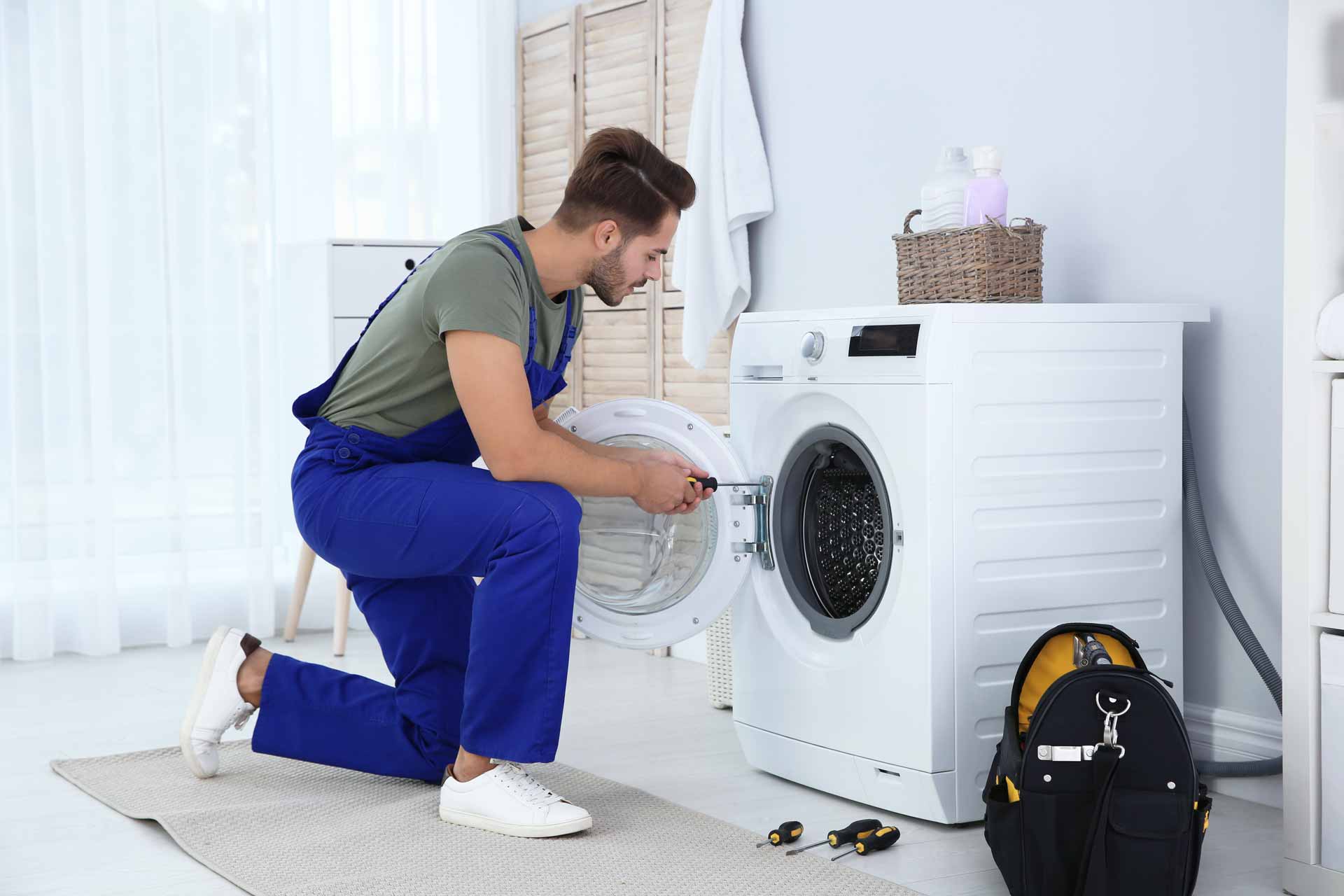Why Your Dryer Isn’t Heating – and What You Can Do
A malfunctioning dryer can throw a wrench into your laundry routine, especially when it stops producing heat. If your dryer isn’t heating up, don’t panic. There are several potential causes—some simple to fix and others requiring a bit more effort. In this comprehensive guide, we’ll explore common reasons your dryer might not be heating and what steps you can take to resolve the issue.
Understanding How a Dryer Heats Up
Before diving into the problems, it helps to understand how a dryer generates heat. Most dryers use either electricity or gas to create heat. An electric dryer uses heating elements, while a gas dryer relies on a burner assembly with igniters. The heat dries your clothes as the drum tumbles them around. If any component in this process fails, your dryer may run without heating up.
Common Reasons Why Your Dryer Isn’t Heating
1. Tripped Circuit Breaker
What Happens:
Electric dryers typically require 240 volts to operate. This voltage is provided through two separate 120-volt breakers. If one of them trips, your dryer may run but not heat.
Solution:
-
Check your home's breaker panel.
-
Reset any tripped breakers.
-
Try running your dryer again.
2. Blown Thermal Fuse
What Happens:
A thermal fuse is a safety device designed to prevent the dryer from overheating. If the fuse blows, the dryer may not heat at all.
Solution:
-
Unplug the dryer.
-
Locate the thermal fuse (usually near the exhaust vent inside the back panel).
-
Test it with a multimeter.
-
Replace it if there's no continuity.
3. Faulty Heating Element (Electric Dryers)
What Happens:
The heating element is the component that warms the air inside your dryer. If it's broken, the air will stay cold.
Solution:
-
Disconnect power.
-
Remove the back panel.
-
Inspect the heating element for breaks or burn marks.
-
Test with a multimeter.
-
Replace if necessary.
4. Defective Gas Valve Solenoids (Gas Dryers)
What Happens:
These solenoids open the gas valves to allow gas to flow. If they fail, no gas reaches the burner.
Solution:
-
Observe whether the igniter glows and then shuts off without igniting the gas.
-
If this occurs, the solenoids likely need replacing.
5. Burned Out Igniter (Gas Dryers)
What Happens:
The igniter lights the gas in the burner. A faulty igniter won’t be able to start the flame.
Solution:
-
Check for visible cracks or breaks.
-
Test with a multimeter.
-
Replace if it's defective.
6. Clogged Vent System
What Happens:
A blocked vent restricts airflow, causing the dryer to overheat and the thermal fuse to blow.
Solution:
-
Disconnect the vent hose.
-
Clear out lint and debris.
-
Use a vacuum or vent cleaning kit.
-
Clean the lint trap after every load.
7. Malfunctioning Thermostat
What Happens:
The thermostat regulates the dryer's temperature. If it's faulty, it may not signal the dryer to produce heat.
Solution:
-
Test the thermostat with a multimeter.
-
Replace it if it's not functioning.
8. Broken Timer or Control Board
What Happens:
Modern dryers use control boards or mechanical timers to direct operations. If they malfunction, heating cycles may not initiate.
Solution:
-
Look for signs of burning or damage on the control board.
-
Test the timer for continuity.
-
Replace if found defective.
9. Door Switch Issues
What Happens:
If the door switch is faulty, the dryer may not run at all or may not heat.
Solution:
-
Test the switch with a multimeter.
-
Replace if it's not registering correctly.
How to Troubleshoot Your Dryer Step-by-Step
Step 1: Check the Power Supply
-
Ensure the dryer is plugged in securely.
-
Verify the circuit breaker hasn’t tripped.
Step 2: Run a Diagnostic Test (If Applicable)
-
Some newer dryers have built-in diagnostic tools.
-
Refer to the user manual for instructions.
Step 3: Test Heating Components
-
Use a multimeter to test the thermal fuse, heating element, thermostats, and igniter.
-
Replace any components that show no continuity.
Step 4: Inspect the Vent System
-
Clean the lint trap and vent duct.
-
Make sure the exhaust vent isn’t crushed or blocked.
Step 5: Call a Professional (if needed)
-
If you’re not comfortable working with electrical components or gas systems, call an appliance repair technician.
Preventive Measures to Keep Your Dryer Heating Properly
Clean the Lint Filter Regularly
A clogged lint trap reduces efficiency and can cause overheating.
Inspect and Clean the Vent System Every Few Months
Prevent lint buildup that can block airflow and lead to overheating or fires.
Don’t Overload the Dryer
Too many clothes can reduce air circulation, making it harder for your dryer to heat properly.
Schedule Annual Maintenance
Having a professional inspect your dryer annually can prevent many common problems.
When It Might Be Time to Replace Your Dryer
Age of the Appliance
Most dryers last 10-13 years. If yours is older, replacement might be more cost-effective than repair.
Cost of Repairs
If repair costs approach or exceed 50% of the price of a new dryer, consider investing in a new unit.
Frequency of Issues
Constant breakdowns indicate the machine is nearing the end of its useful life.
Final Thoughts
A dryer that isn’t heating can be a frustrating problem, but it doesn’t always mean a costly repair. By understanding how your dryer works and methodically checking each potential issue, you can often diagnose and fix the problem yourself. Whether it’s a simple circuit breaker reset or a part replacement, taking action early can save you time and money in the long run.
If all else fails, don’t hesitate to contact a qualified technician. With the right approach, your laundry routine will be back on track in no time.





